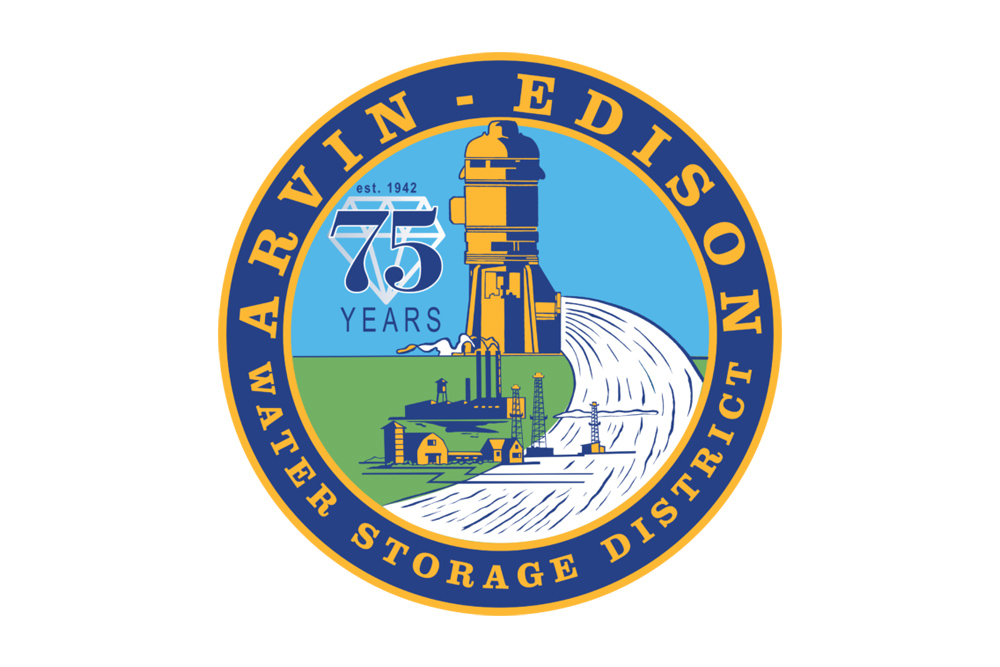 The Semitropic Water Storage District board of directors held its Wednesday, March 11, 2020 meeting at its Wasco headquarters. We are surely in the age of the fist bump. I received a message this morning from San Luis Delta Mendota Water Authority that there was someone at last week’s board meeting who had been exposed to someone who had been exposed to the Corona virus. I was there so in addition to having some aches and pains like I do when it is about to rain and a stuffy head like I get when I mow the lawn like I did before it rained the other day. . .
The Semitropic Water Storage District board of directors held its Wednesday, March 11, 2020 meeting at its Wasco headquarters. We are surely in the age of the fist bump. I received a message this morning from San Luis Delta Mendota Water Authority that there was someone at last week’s board meeting who had been exposed to someone who had been exposed to the Corona virus. I was there so in addition to having some aches and pains like I do when it is about to rain and a stuffy head like I get when I mow the lawn like I did before it rained the other day. . .
Chairman Dan Waterhouse* called the meeting to order at 12:30pm after a good lunch of sandwiches and salad. We saluted the flag, introduced ourselves and then Dr. Scott Hamilton gave a presentation on the San Joaquin Valley Water Blueprint.
Hamilton gave much the same presentation as he did last week at the Water Association of Kern County Water Summit. On the release of the Public Policy Institute of California’s report of the SGMA implication, Jason Phillips Friant Water Association CEO put together the Blueprint efforts. Dr. David Sunding, UC Berkeley has released an economic impact report. Hamilton pointed to Madera County as the train wreck waiting to happen. No major urban center and a great deal of white area. He said producing pistachio land could devalue to the cost of open ground. Imagine the impact on the economy and the local government.
The good news is there is enough extra water most years to keep the Valley whole. Millions of acre feet above and beyond the habitat, environmental and X2 salinity needs flow out to sea annually. The exporting of this water source wouldn’t harm anyone or anything. It takes place during the wet time of the year when no one can use the extra water.
There are proven examples of infrastructure already in use that can collect the water from the Delta with zero impact on the fish and ecosystem. But what are you going to do with all that water? This water is coming at a time of the year when there is a lot of water already in the conveyance and storage system. Some new canals will take care of moving the high flow water to where it can do the most good. The engineering firm MBK is working where the best recharge is located and what the cost of the canals will be.
We need another 100,000 acres of recharge in the Valley to take this additional surface supply. This is an environmental benefit and Hamilton said this brings up another point – this effort has to be broader than agriculture. The economic impacts will devastate the Valley. The goal is to come up with the best plan possible and get it past the usual adversaries. Then there are the costs.
One possible route for a new canal would be from the California Aqueduct to the Friant Kern Canal that would transect Semitropic. There are white lands that could benefit big time and they could be a good source for funding. Most of the canal construction will require more organization that will require something formal. Hamilton likes the water district type of governance. Even the county form of governance isn’t as close as a water district. Funding is being investigated by a team at Fresno State University. Waterhouse thanked Hamilton and said Semitropic is interested in working with the Blueprint Committee. Hamilton said everything is on the table. Semitropic has been a leader in innovative water recharge and conveyance so that would be a good fit. SWSD General Manager Jason Gianquinto asked what the district could do and Hamilton suggested it join the Blueprint committee.
Hamilton added there is nothing in this plan that will change water rights. For it to reach the best benefit for the Valley the amount of water has to be big – two million acre feet for the white areas to get what they need. Geoff Vandenheuvel of the California Milk Producers Council commented the need for other groups besides just ag water to get involved.
Next the minutes were approved and the financial report reviewed and approved.
The board next looked into a resolution regarding refinancing a loan for infrastructure construction. The current rate of 3.6 percent could drop to 2.25 percent interest range. The district could save about $500,000 if accepted. The board approved.
GEI Engineering wants the board to approve a task order. Gianquinto said there is a groundwater model platform that needs updated. It was designed pre-SGMA so for another $400K plus GEI will update the model. The board approved.
DISCLAIMER OF RESPONSIBILITY; Waterwrights strives to provide his clients with the most complete, up-to-date, and accurate information available. Nevertheless, Waterwrights does not serve as a guarantor of the accuracy or completeness of the information provided, and specifically disclaims any and all responsibility for information that is not accurate, up-to-date, or complete. Waterwrights’ clients therefore rely on the accuracy, completeness and timeliness of information from Waterwrights entirely at their own risk. The opinions expressed in this report are those of the author and do not represent any advertisers or third parties. *One of the best last names in the Valley water world.
ALL RIGHTS RESERVED. Copyright 2020 by Waterwrights/Don A. Wright.
SEMITROPIC WATER STORAGE DISTRICT
1101 Central Avenue, Wasco, CA 93280-0877 • 661-758-5113 • mail@semitropic.com
Board: Dan Waterhouse – President, Philip W. Portwood – Vice President, Rick Wegis – Treasurer, Todd Tracy – Secretary, Jeff Fabbri, Tim Thomson, Tom Toretta
Staff: Jason Gianquinto-General Manager, Bobby Salinas–District Controller, Isela Medina–District Engineer, Executive Secretary-Marsha Payne, Consultant-Will Boschman, Superintendent-John Lynch & Attorney-Steve Torigiani
About: Semitropic Water Storage District is one of eight water storage districts in California and is the largest in Kern County. The District delivers water to nearly 300 customers for the irrigation of approximately 140,000 acres for agricultural uses. Semitropic also supplies energy to a variety of users and provides groundwater banking and storage services. Established in 1958, Semitropic Water Storage District covers an area of more than 220,000 acres. It began as an irrigation district for the purpose of securing State Water Project supplies to reduce groundwater overdraft. From www.semitropic.com
































